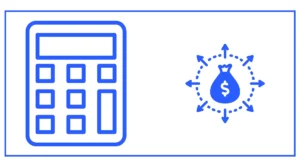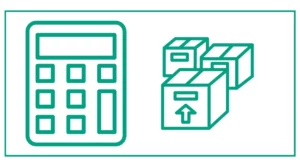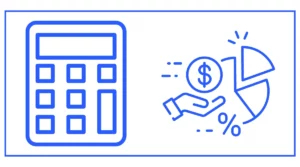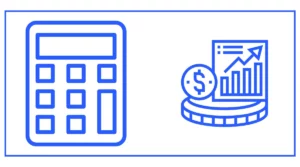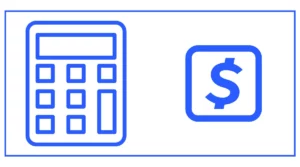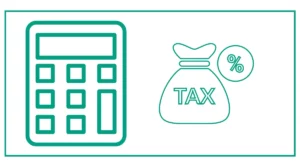Cash on Cash Calculator
The cash on cash calculator helps you calculate how much you can earn from your real estate investments.
Cash-on-cash return is a simple way to figure out how much money you made as an investor on a property each year compared to how much you had to pay for the mortgage the same year.
Enter the early rental income, and yearly mortgage payments. and the total cash invested to calculate the cash on cash.
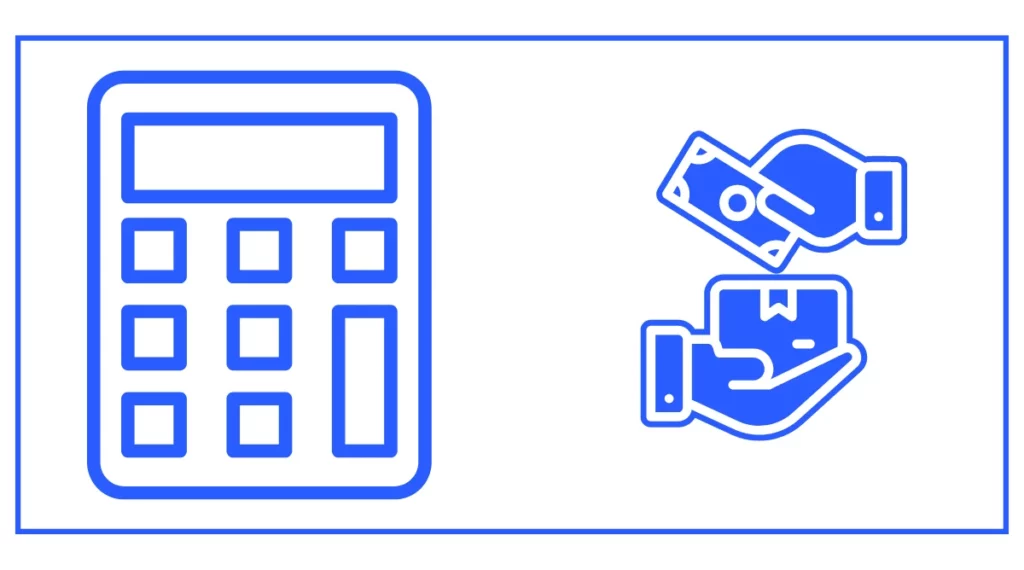
You might want to discover the cashback or Cash App fees.
What is Cash-on-Cash Return?
Cash-on-cash return, often abbreviated as CoC, is a metric used in real estate investing to evaluate the performance of an investment property. It measures the annual pre-tax cash flow generated by a property in relation to the total amount of cash invested. This calculation provides investors with a clear picture of how much cash their investment is generating on an annual basis, expressed as a percentage.
The cash-on-cash return is particularly useful for real estate investors because it focuses on actual cash flow rather than paper gains or losses. It takes into account the impact of leverage (mortgage financing) and provides a realistic view of an investment’s performance in terms of cash generation.
How to Calculate Cash-on-Cash Return
The formula for calculating cash-on-cash return is relatively straightforward:
Cash-on-Cash Return = (Annual Pre-Tax Cash Flow / Total Cash Invested) x 100Let’s break down each component:
- Annual Pre-Tax Cash Flow: This is the amount of money left over after all operating expenses and mortgage payments have been deducted from the rental income. It includes:
- Rental Income
- Minus Operating Expenses (property taxes, insurance, maintenance, property management fees, etc.)
- Minus Mortgage Payments
- Total Cash Invested: This refers to the actual amount of cash you’ve put into the investment, including:
- Down payment
- Closing costs
- Renovation or repair costs (if any)
- Any other out-of-pocket expenses related to acquiring the property
By dividing the annual pre-tax cash flow by the total cash invested and multiplying by 100, you get the cash-on-cash return percentage.
Using a Cash-on-Cash Return Calculator
While the calculation itself is simple, a cash-on-cash return calculator can save time and reduce the risk of errors, especially when comparing multiple investment opportunities. Here’s how to use a typical cash-on-cash return calculator:
- Input the property’s purchase price
- Enter the down payment amount
- Add any additional upfront costs (closing costs, repairs, etc.)
- Input the annual rental income
- Enter all annual operating expenses
- Include the annual mortgage payment
Benefits of Using a Cash-on-Cash Return Calculator
Using a cash-on-cash return calculator offers several advantages:
- Accuracy: It eliminates human error in calculations, providing precise results.
- Time-saving: Quickly analyze multiple properties or scenarios without manual calculations.
- Comparison: Easily compare different investment opportunities side by side.
- Scenario analysis: Test various “what-if” scenarios by adjusting inputs.
Interpreting Cash-on-Cash Return Results
Understanding the results of your cash-on-cash return calculation is crucial. While there’s no universally agreed-upon “good” cash-on-cash return, many real estate investors consider a return between 8% and 12% to be attractive. However, the appropriate target can vary depending on factors such as:
- Local real estate market conditions
- Property type (residential vs. commercial)
- Overall investment strategy
- Risk tolerance
It’s important to remember that cash-on-cash return is just one metric among many that investors should consider. Other factors, such as appreciation potential, tax benefits, and overall return on investment (ROI), should also be taken into account when evaluating a real estate investment.
Cash-on-Cash Return vs. Other Real Estate Metrics
While cash-on-cash return is a valuable metric, it’s essential to understand how it compares to other common real estate investment calculations:
Cash-on-Cash Return vs. Cap Rate
The capitalization rate, or cap rate, is another frequently used metric in real estate investing. Unlike cash-on-cash return, cap rate doesn’t take into account the method of financing. It’s calculated by dividing the property’s net operating income by its purchase price or current market value.
Cap rate is useful for comparing properties regardless of how they’re financed, while cash-on-cash return provides a more accurate picture of actual cash flow relative to the investor’s out-of-pocket expenses.
Cash-on-Cash Return vs. ROI
Return on Investment (ROI) is a broader metric that takes into account the total return on a property, including appreciation and tax benefits, in addition to cash flow. Cash-on-cash return, on the other hand, focuses solely on the cash flow generated by the property relative to the cash invested.
ROI provides a more comprehensive view of an investment’s performance, while cash-on-cash return offers a clearer picture of the property’s ability to generate cash flow.
Practical Examples
Let’s explore a couple of examples to illustrate how a cash-on-cash return calculator can be used in real-world scenarios.
Example 1: Residential Rental Property
Suppose you’re considering purchasing a single-family home as a rental property. Here are the details:
- Purchase price: $250,000
- Down payment: $50,000 (20%)
- Closing costs: $5,000
- Annual rental income: $24,000
- Annual operating expenses: $6,000
- Annual mortgage payment: $11,400
Using a cash-on-cash return calculator, you would input these values and receive the following result:
Annual pre-tax cash flow: $24,000 – $6,000 – $11,400 = $6,600
Total cash invested: $50,000 + $5,000 = $55,000
Cash-on-cash return: ($6,600 / $55,000) x 100 = 12%
In this case, the cash-on-cash return of 12% would be considered attractive by many investors.
Example 2: Commercial Property Investment
Now, let’s consider a small commercial property:
- Purchase price: $750,000
- Down payment: $150,000 (20%)
- Closing costs: $15,000
- Annual rental income: $90,000
- Annual operating expenses: $30,000
- Annual mortgage payment: $36,000
Using the cash-on-cash return calculator:
Annual pre-tax cash flow: $90,000 – $30,000 – $36,000 = $24,000
Total cash invested: $150,000 + $15,000 = $165,000
Cash-on-cash return: ($24,000 / $165,000) x 100 = 14.55%
This commercial property investment shows an even higher cash-on-cash return, which could make it an attractive option for investors seeking strong cash flow.
Limitations of Cash-on-Cash Return
While the cash-on-cash return calculator is a valuable tool, it’s important to be aware of its limitations:
- Short-term focus: Cash-on-cash return provides a snapshot of an investment’s performance but doesn’t account for long-term appreciation or equity buildup.
- Excludes tax considerations: The calculation doesn’t factor in tax benefits or liabilities, which can significantly impact overall returns.
- Assumes stable cash flow: The metric doesn’t account for potential fluctuations in rental income or expenses over time.
- Ignores property condition: Cash-on-cash return doesn’t consider the property’s physical condition or potential future capital expenditures.
Maximizing Cash-on-Cash Return
To improve cash-on-cash return on a real estate investment, consider the following strategies:
- Increase rental income: Find ways to boost the property’s earning potential, such as adding amenities or targeting a higher-paying tenant demographic.
- Reduce operating expenses: Look for opportunities to cut costs without sacrificing property quality or tenant satisfaction.
- Refinance: If interest rates have dropped since your initial purchase, refinancing could lower your mortgage payments and improve cash flow.
- Value-add improvements: Strategic renovations or upgrades can justify higher rents and increase cash flow.
- Optimize financing: The amount of leverage used can significantly impact cash-on-cash return. Experiment with different down payment amounts to find the optimal balance.

